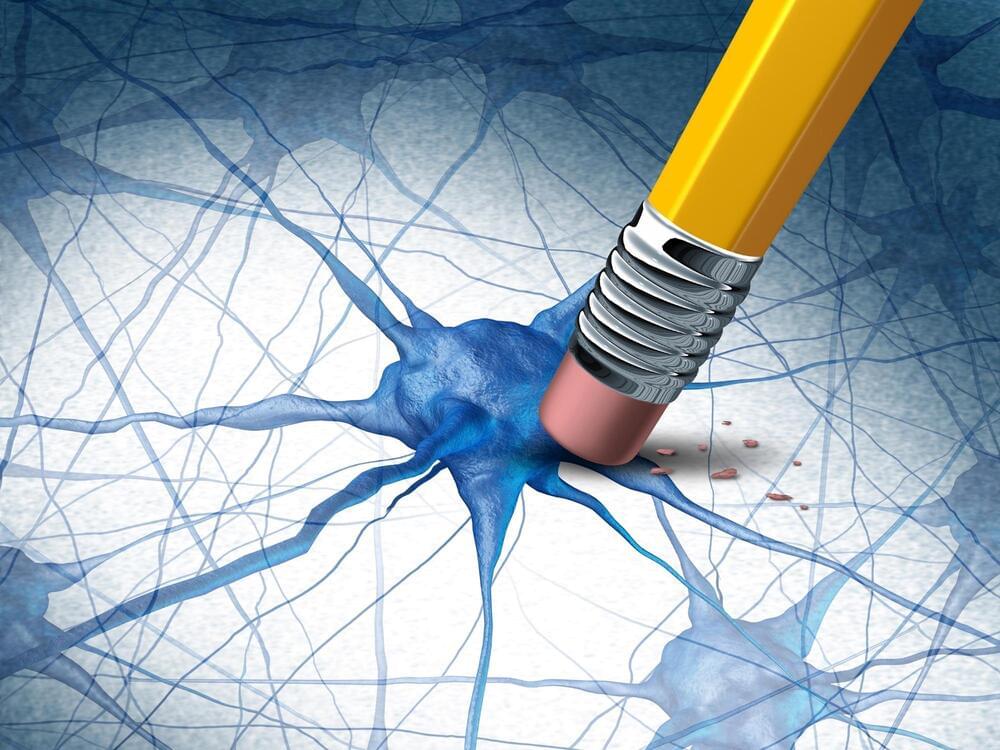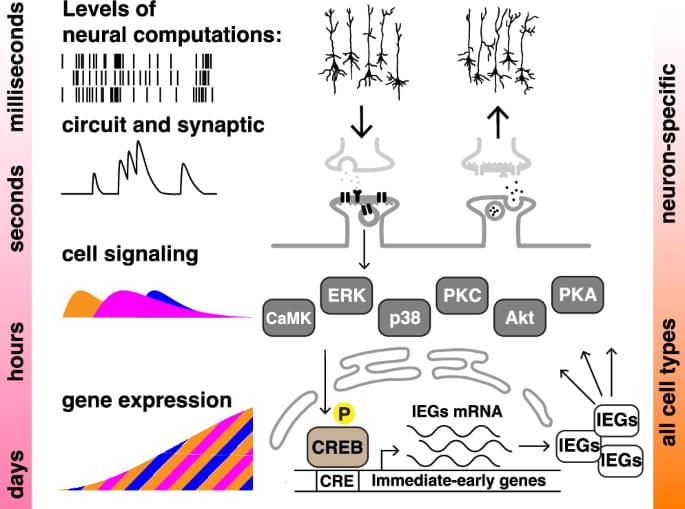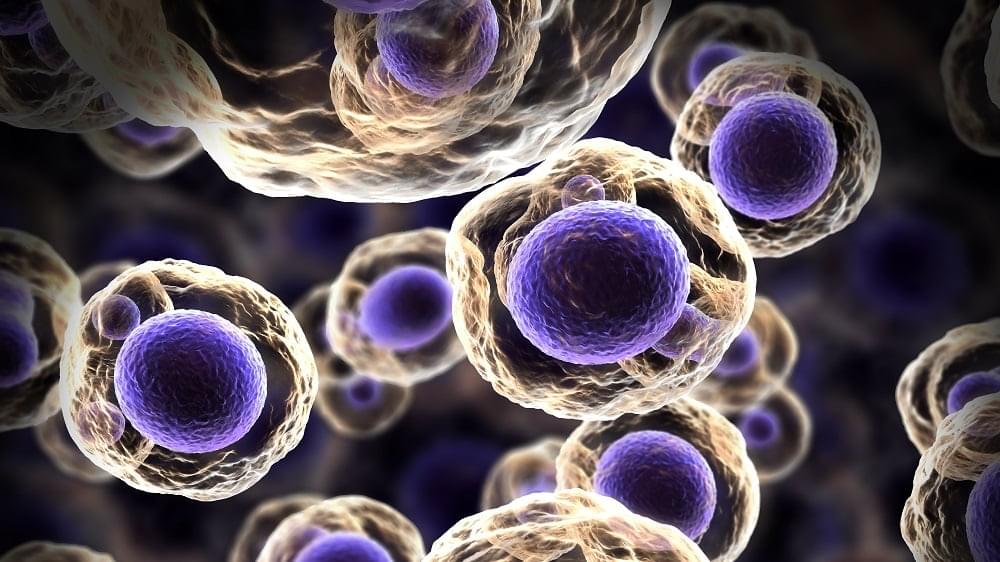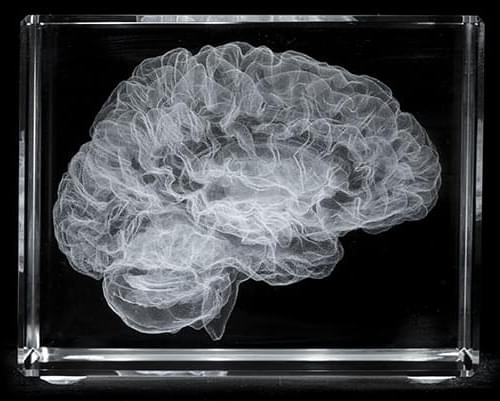Alzheimer’s disease is marked by the gradual degeneration of nerve cells, resulting in memory and cognitive decline. A research team at KU Leuven and VIB investigated the molecular sequence driving this cellular breakdown, discovering specific inhibitors that can prevent nerve cell loss in various mouse models of the disease.
The findings open up new research avenues in the search for therapies that could halt or prevent the accumulation of brain damage occurring in Alzheimer’s.
Alzheimer’s disease, the leading cause of dementia, affects over 55 million people worldwide. The disease is characterized by the buildup of amyloid-beta plaques and tau protein tangles in the brain, which disrupt cell communication and lead to the widespread death of nerve cells. The consequences of this massive cell loss are the heartbreaking cognitive decline and memory loss for which the condition is well known.








